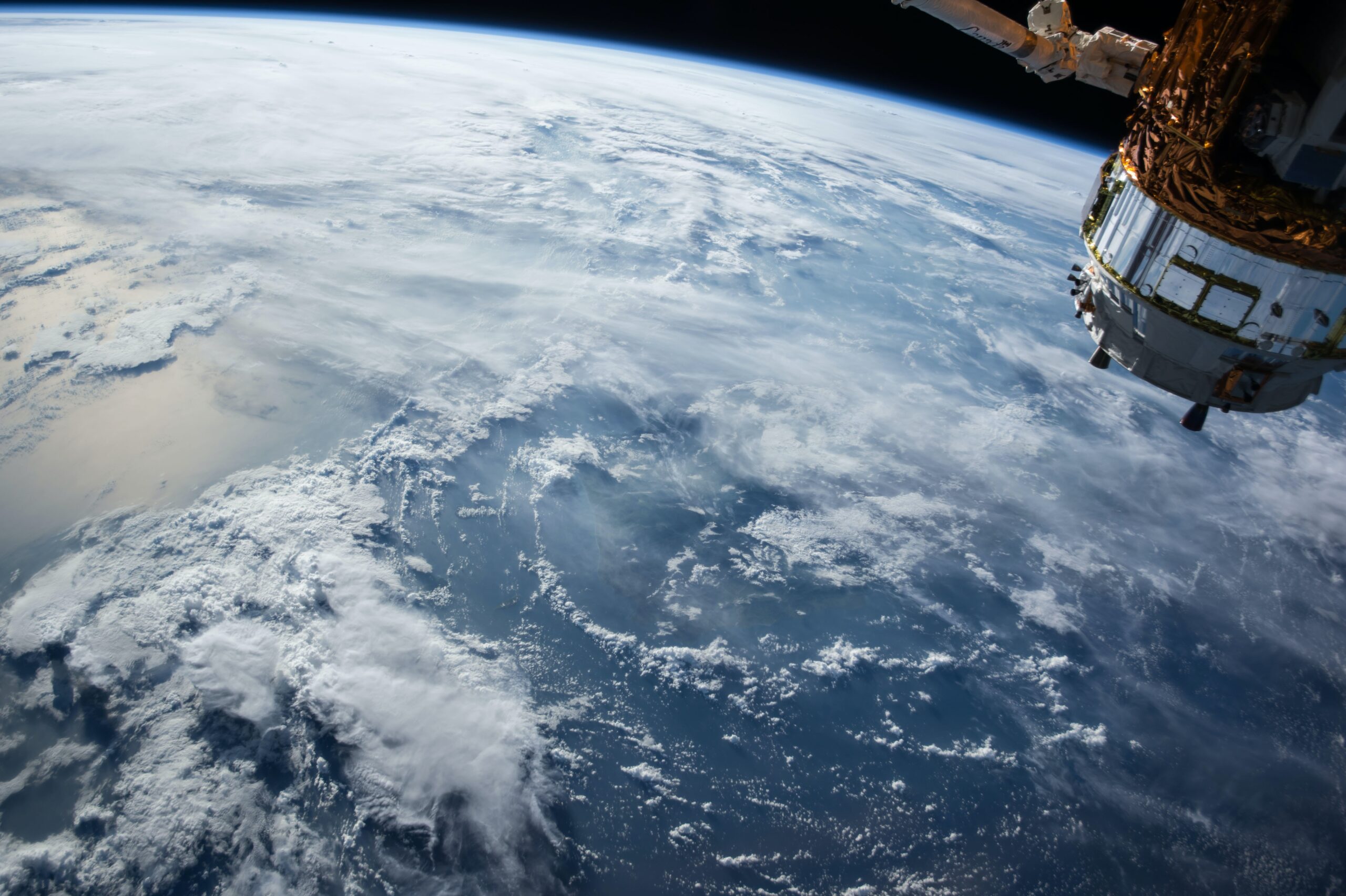
16 Oct Unleashing AI for Climate Modeling, Resource Management, and Wildlife Conservation
A lot has been written about the starkly growing importance of climate change and its immediate as well as long term impacts on life on this planet. By and large, governments, corporations, and the scientific community agree on the precariousness of this quandary, while also admitting that technology will play a pivotal role in arresting global climatic degradation. In the past, we have covered several aspects of this theme in our blogs including the push for Net-Zero, the need to make renewables mainstream, and Greenwashing amongst others. You can access all these writeups and more on our website here.
In this piece, we briefly touch upon the crucial part Artificial Intelligence (AI) is playing in some of the otherwise less-talked-about aspects of environmental sustainability. In the face of mounting environmental challenges, AI stands as a strong ally in the battle against climate change, resource scarcity, as well as the plight of endangered wildlife. AI technologies are now driving innovative solutions that were once deemed unattainable.
AI in Climate Modeling
Climate modeling plays a pivotal role in understanding and mitigating climate change. AI-driven climate models have surpassed traditional counterparts in terms of both accuracy and efficiency. These AI models, fueled by colossal datasets comprising historical climate records, satellite imagery, and oceanic data, offer unparalleled precision in predicting future climate trends.
For instance, Google’s DeepMind, in collaboration with the UK’s National Weather Service, harnessed AI to enhance weather forecasting. Their AI model achieved a remarkable 23% reduction in errors in rainfall predictions, underscoring AI’s potential to bolster climate modeling accuracy. The Climate Machine, developed by scientists at the California Institute of Technology, utilizes deep learning techniques to simulate intricate climate processes. This technology facilitates swifter and more precise climate simulations, significantly advancing the understanding of the Earth’s climate system.
Project Deltares in the Netherlands – which uses AI to simulate the impact of sea level rise on coastal infrastructure – consolidates huge datasets of climate and infrastructure data with machine learning algorithms to develop detailed models of the coastal region and predict the effects of sea level rise. Such assessments can prove extremely crucial, especially for policymakers, in building effective adaptation strategies to protect communities and infrastructure which are especially vulnerable.
AI in Resource Management
Sustainable resource management is pivotal to strike a balance between human needs and environmental preservation. AI significantly helps achieve resource optimization across diverse sectors. In agriculture, for instance, AI-driven precision farming techniques scrutinize data from sensors and satellites to guide farmers on optimal planting times and locations. This, in turn, has reduced water and pesticide usage by up to 30%, coupled with an impressive increase of over 10% in crop yields, according to findings from the World Economic Forum.
Agricultural and heavy equipment manufacturer, John Deere, for instance, employs AI to empower precision farming. AI-driven systems meticulously analyze data gathered from sensors, satellites, and drones to fine-tune planting, irrigation, and harvesting processes. The outcome? Elevated crop yields and reduced resource consumption, marking a triumph for both agriculture and environmental conservation.
AI-powered systems can help farmers detect insects and plant diseases more quickly and accurately than humans. An AI-powered system could detect an infestation of, say, aphids on a crop of strawberries and send the data directly to the farmer’s mobile phone. With proper training datasets and algorithms, it could even suggest the necessary action to be taken next. If the infestation needs a pesticide application, the AI system could even automate it through a connected sprayer.
AI in Wildlife Conservation
AI’s potential in wildlife conservation is also largely understated. Employing remote sensing and AI algorithms, conservationists can now monitor endangered species, combat poaching, and safeguard natural habitats. In Africa, for instance, the non-profit company, Wildbook, is harnessing AI to identify individual animals in photos shared by researchers and tourists alike. This technology plays a pivotal role in tracking and safeguarding species like cheetahs, which are grappling with diminishing populations due to habitat loss and illegal trade.
Wildlife biologists at Washington State University placed 650 camera traps across more than 4,300 square miles of northeastern Washington for a project aimed at measuring the Canada Lynx populations. They used AI-powered systems to analyse data and sort through millions of images. By monitoring their behavior and habitat, AI systems can also offer insights into how climate change is affecting these animals, and in turn help wildlife conservationists create better strategies for their care and protection.
Albeit Challenges Remain
Despite the immense promise, integrating AI into environmental efforts is not bereft of challenges. Some of the key impediments in AI implementation are, among others:
- Data Availability and Quality: AI algorithms hinge on data, and the availability of sufficient and reliable environmental data can prove to be a formidable barrier.
- Energy Consumption: Training AI models, particularly deep learning models, can be energy intensive. Thus, the onus is on AI researchers to develop more energy-efficient algorithms and hardware to mitigate this environmental concern.
- Cost: The development and deployment of AI technology in some scenarios can be prohibitively expensive. The remedy lies in funding initiatives and public-private partnerships that provide the financial resources required to implement AI solutions in environmental contexts.
As a concluding thought, AI undeniably offers a powerful tool to bolster our efforts in combating climate change, fostering sustainable resource management, and protecting endangered ecosystems. Nevertheless, formidable hurdles remain which merit a cohesive approach involving governments, organizations, and technology providers. With the right investments and collaborations, AI can emerge as a driving force in securing the future of our planet, offering hope and optimism in the face of environmental adversity.
Author: Himanshu Dutt
Associate Consultant, Strategy Consulting
Image courtesy: NASA on Unsplash


No Comments